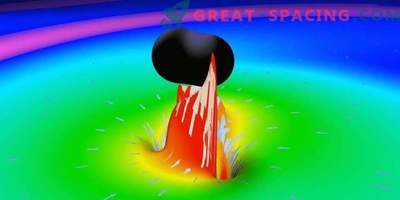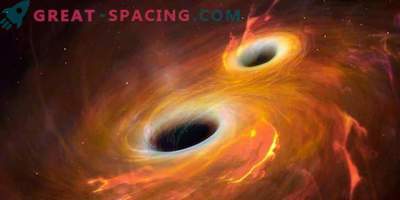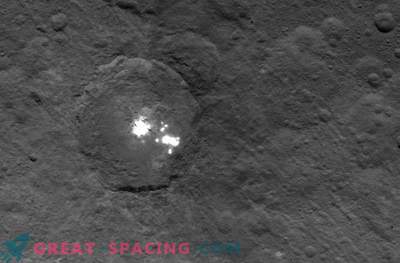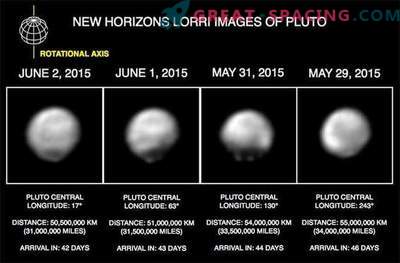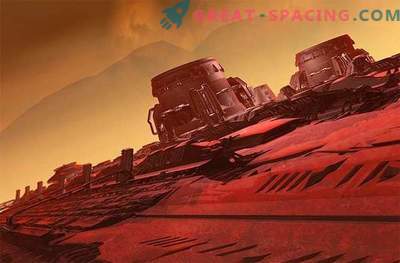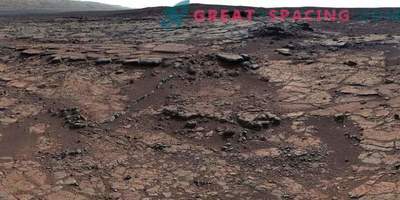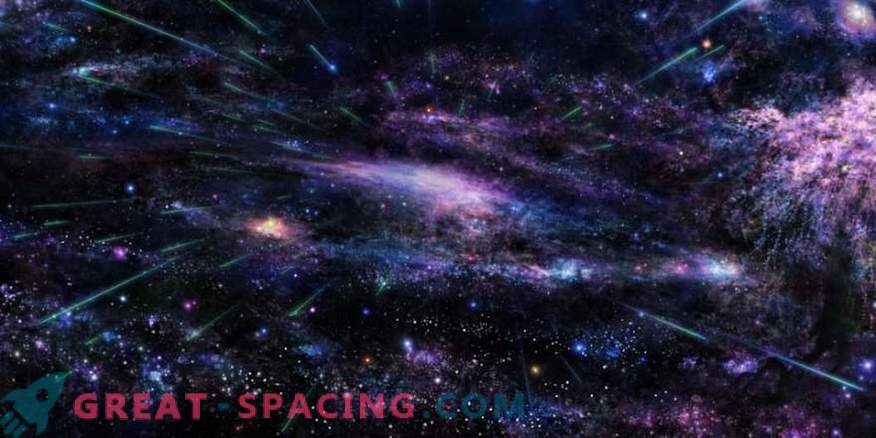
The helicopter formation algorithm will help astronomers to more accurately predict the appearance of planets and galaxies. Scientists from Yale University have deduced a new model to understand how black holes, planets and galaxies arise from an environment rich in vortexes.
Do not think that space is a quiet place. It is filled with dust, gas, liquids and a state of turbulence. You can meet and eddies - formations, pulling objects to the central region.
In a new study, the team tried to reproduce the contact of the whirlwinds in the accretion disk - a rotating field of matter, surrounding massive cosmic bodies, like black holes. Accretion disks act as maternity homes for planets, systems, and galaxies.
Traditional models were based on an explosive space environment filled with powerful blows. The new one is called Maelstrom3D and is based on a whirling interaction in a less heated environment. The created algorithm demonstrates how the blades of a rotating helicopter contact with the vortices created by it. When installing the model, it is important that the blade-vortex contact is correct.
The new model has already been applied to several vortices inserted into a hypothetical accretion disk and noticed two main differences from previous studies: vortices are able to throw waves as they progress, and the number of orbits differs from model ones.
But most of all scientists struck the level of detail. Maelstrom3D can also be used outside of astronomy. For example, it shows that the ancient plesiosaurs created whirlwinds with their front flippers, which helped the rear ones produce more energy to move.









